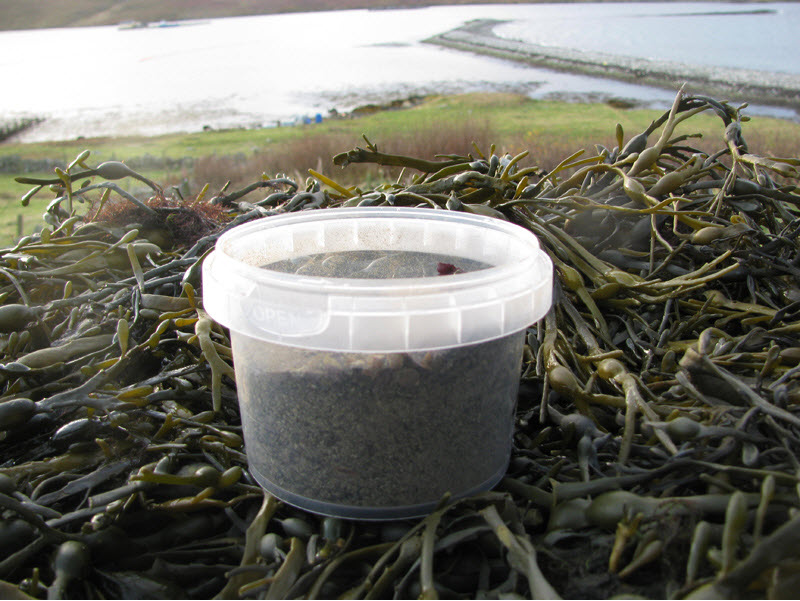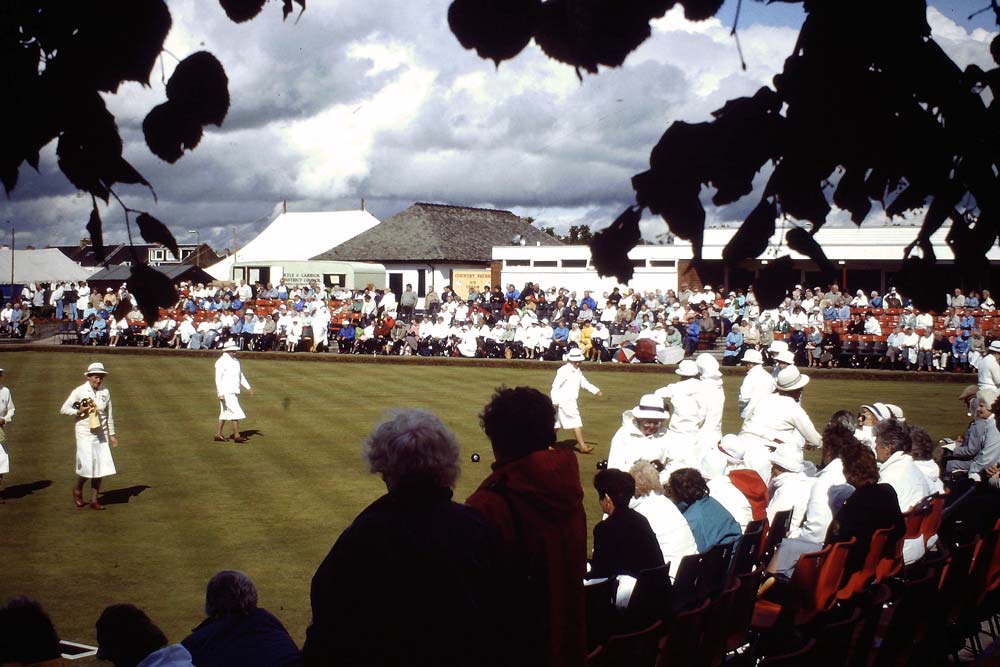
The Best Seaweed Fertiliser For Your Garden
In my recent article about seaweed fertiliser, I talked about the wonderful benefits it can bring to your garden. Not only is it really effective in helping you to grow a lush, green lawn, it’s also very environmentally friendly, and often can be collected entirely for free from your nearest beach.
Don`t worry if you don’t live near the sea though, as there are a good range of seaweed products available which will do the same job. There are four main products in the processed seaweed range that cover most of the requirements in the domestic garden. Read on for the full low-down on what each formulation does and to find out which one is right for you.
Seaweed Meal
Seaweed meal is ideal for surface dressings on your lawn. It’s fine enough to integrate into the sward so as not to be picked up by the mower in subsequent cutting operations, and the nutrients will quickly become available to the plant. The meal is also ideal for dusting on all sorts of vegetables, fruit and flowers to both supply nutrients and deter pests and disease.
When applying to your lawn an application rate of 50 to 70 grammes per square metre is recommended.
Granulated seaweed
Seafeed Granular
Granulated seaweed is best for integrating into the soil when preparing a new lawn or when digging a vegetable patch. It’s also very good for digging in around the base of fruit trees and bushes, and for preparing annual flower beds.
An application rate of around 70 to 100 grammes per square metre is recommended.
Filtered Seaweed Liquid Extract
Liquid seaweed extract is ideal for foliar feeding of all plants. It should be mixed with water at a ratio of one part seaweed liquid to forty parts water, and can be applied through a watering can or hand held applicator. For larger areas, such as your lawn, a knapsack sprayer is ideal, and 2.5 litres of extract in100 litres of water will cover 250 square metres.
Filtered Liquid Seaweed Extract with a range of added nutrients
Liquid seaweed extract is an ideal base for mixing a range of fertilisers – such as nitrogen, phosphate, and potassium – and is suitable for all plants when tailored for a given situation. The contents of the seaweed liquid enable the plants to make the most efficient use of the fertiliser being applied. Seaweed liquid with chelated iron, for example, is a fantastic mix for use as a grass conditioner and moss killer.
Most of these mixes have a recommended application rate of 2.5 litres of extract in 40 to 80 litres of water per 250 square metres.
I hope this article explains in clear terms the benefits of seaweed in its many forms, and encourages everyone to try it out one way or another. You will not be dissapointed!
If you want to read my previous article, talking about the benefits seaweed can bring to your garden, as well as how to collect and process it yourself, have a look at the article: Seaweed as a Lawn and Garden Fertiliser
As always I am happy to answer any questions – please post a comment in the comments area below and ask away, or just let me know what you think.



I live in central Texas andI just used liquid seaweed for my bermudagrass lawn. How often do I have to treat the lawn? Thank You
Hi June,
I am glad to hear you are using seaweed liquid as it is the most effective natural product for soil and lawn care on the market.
During the main growing season you can apply it every three to four weeks, using a seaweed liquid that has some added nitrogen and potassium. If you look for an NPK of around 10-0-6 it will be ideal. Alternatively you can add some nitrogen to the seaweed in the form of sulfate of ammonia or urea crystals at a rate of two pounds per 100 square yards.
In the low season you can apply the seaweed straight once per month provided the bermuda is still green. If it is dormant leave alone till it starts to green up again.
I hope this is of help to you.
Duncan.
Thanks, Duncan, for your very good article on the value of seaweed on our lawn/garden. We live on the coast of Maine and have had a lot of erosion on part of our lawn that goes down to the beach. I was going to add top soil to that area and try to hold it in place by rocks, since that area is the side of a hill. I am wondering if I can build up that area with seaweed?? We have TONS of it on our beach!! IF you think that is a good idea, should I put the seaweed in place first and put topsoil on top of it, OR put the topsoil down first and put seaweed on top of the soil? We would like to put grass seed on it to prevent further erosion. What would you suggest?? We are only here during the summer, so we would have to do it soon. Thanks so much for your help! toni and bill stone 🙂
Hi Toni, thanks for getting in touch. That sounds like a really nice place you have. Erosion is a big problem, one of the pitfalls of a lovely location I suppose. The seaweed is a huge bonus to have access to. I would suggest spreading and levelling the soil first, apply the grass seed, and then spreading a three or four inch layer of seaweed over the soil/seed. If you use one of the new creeping ryegrass cultivars, should be available from any seed supplier online, ensuring also it a is a salt tolerable variety, you should get a good cover of strong grass to stabilise the area. I would also try to stack layers of seaweed/sand, 6″ seaweed to 2″ sand, in heaps maybe three or four feet high, which will break down over a year or so to create a good dressing for the lawn in future. You can also use straight seaweed to grow great vegetables, flowers, and fruit in the garden.
I hope this helps you, let me know how you get on.
Duncan.